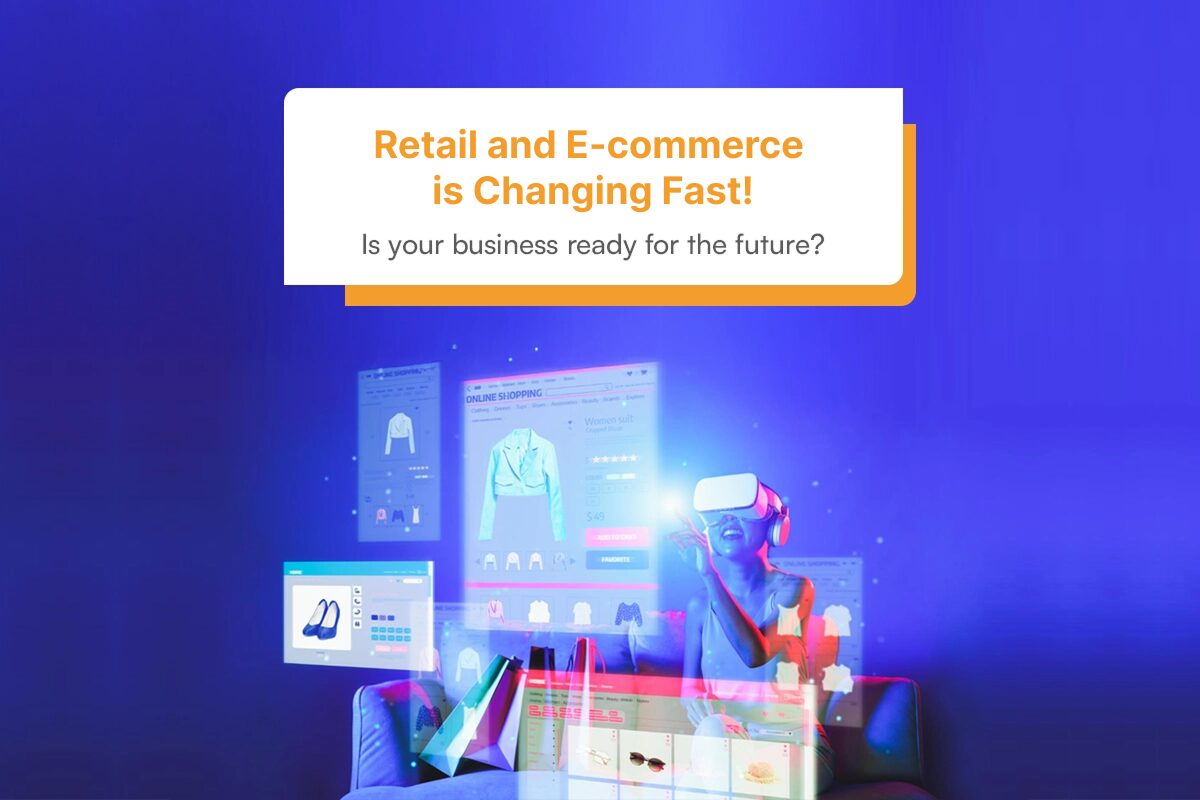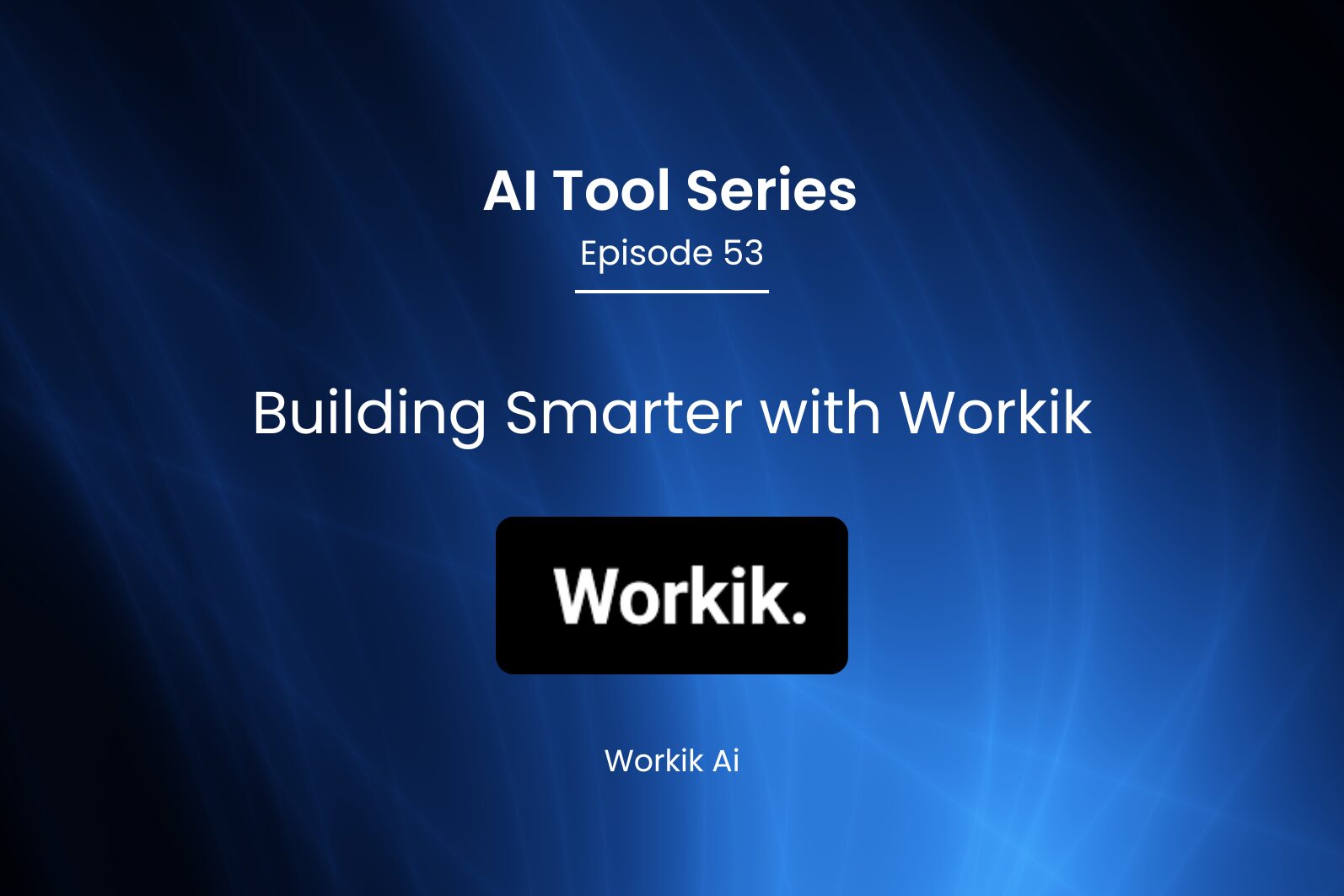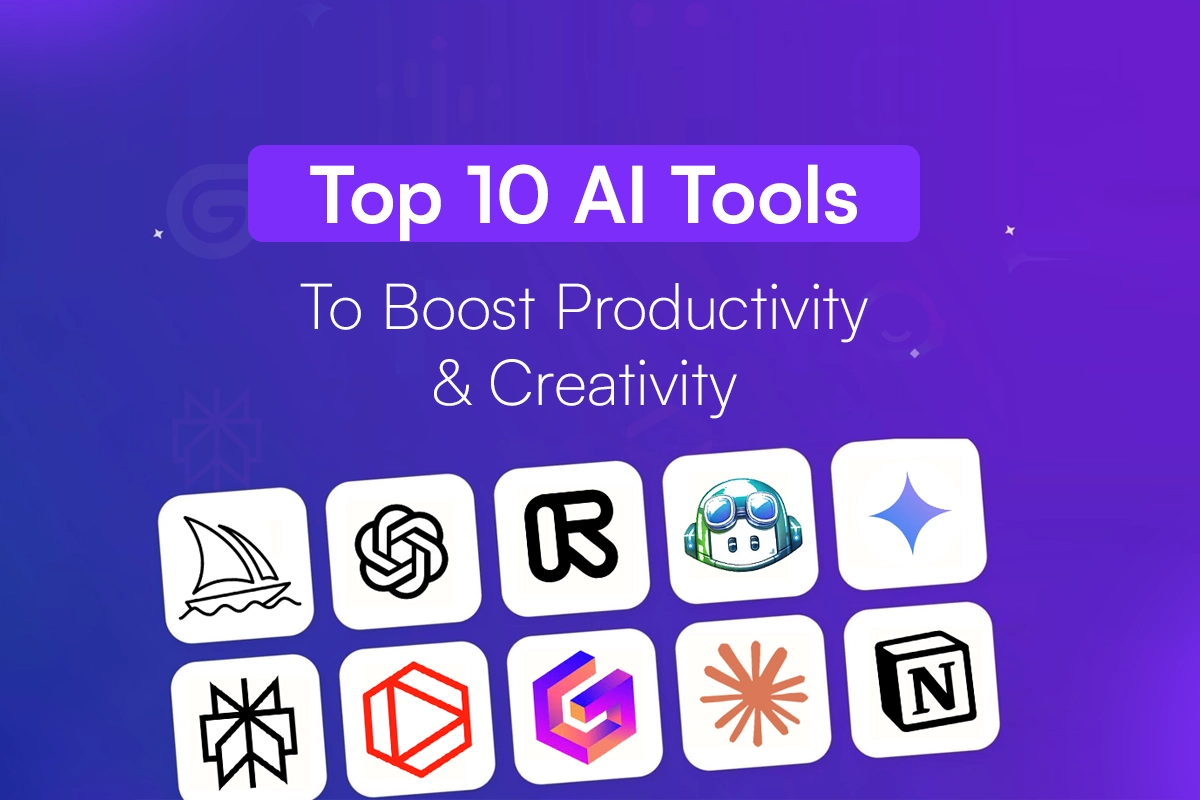Why IT Services Are Critical for the Future of Retail & E-commerce

Retail and e-commerce are no longer just about selling products; they’re about creating seamless experiences, ensuring operational agility, and safeguarding consumer trust. The intersection of technology and commerce is more crucial than ever, dictating which businesses thrive and which struggle to keep up. With AI-driven personalization, real-time inventory tracking, and bulletproof cybersecurity, IT services are the silent architects behind the industry’s transformation.
Enhancing Customer Experience
Your customers expect a smooth, personalized shopping journey. IT services help businesses achieve this by integrating artificial intelligence (AI), data analytics, and automation.
AI & Personalization: The Core of Modern Shopping
Consumers don’t just want options—they expect smart recommendations that anticipate their needs.
AI-driven recommendation engines are at the heart of this shift, using advanced analytics to tailor shopping experiences. By 2025, 80% of retail interactions will be influenced by AI, with recommendation systems accounting for a significant chunk of sales.
Retailers like Amazon and Sephora have set the gold standard by leveraging AI to suggest products based on browsing behavior, purchase history, and even real-time preferences.
But smaller businesses are also catching on. AI-powered chatbots, backed by natural language processing (NLP), are transforming customer service, providing instant responses, and driving conversion rates up by as much as 95%. Brands like H&M and Adidas are already using AI chatbots to assist customers 24/7, making customer engagement effortless and efficient.
Optimizing Operations with IT Solutions
Logistics & Inventory Management: Speed and Precision Matter
Efficiency in inventory management, order fulfillment, and logistics is essential for business growth. Today every consumer expects next-day deliveries, efficient inventory management is non-negotiable.
RFID (Radio-Frequency Identification) and IoT (Internet of Things) have redefined how retailers track stock, reducing human error and preventing stockouts. Take Old Navy, for example—the retailer recently introduced RADAR, a system that uses RFID and AI to track inventory across 1,200 stores, making product availability more predictable and seamless for customers.
Predictive analytics is also playing a major role in inventory management. Instead of reacting to demand fluctuations, businesses can now forecast demand and optimize stock levels proactively. Walmart’s automated inventory system exemplifies this, cutting operational costs and ensuring products are available exactly when customers need them.
Adapting to Market Trends
Consumer behavior changes rapidly, and businesses must adapt quickly.
E-commerce isn’t just about having a website anymore. Mobile commerce (m-commerce) is on track to generate over $710 billion in sales by 2025. Consumers are increasingly using mobile apps and social platforms to shop, making mobile optimization a top priority for retailers.
Brands like Zara have incorporated AR (augmented reality) into their mobile apps, allowing customers to see how clothes look on a virtual model before purchasing. Meanwhile, social commerce—buying directly through platforms like Instagram and TikTok—is booming. Businesses leveraging these IT integrations are seeing higher conversion rates as they meet consumers where they already spend their time.
Strengthening Cybersecurity Measures
With digital transactions at an all-time high, cybercrime is becoming a serious threat. Retailers must invest in strong security infrastructures to protect customer data. Cybercrime costs are projected to reach $10.5 trillion annually by 2025, and businesses that neglect cybersecurity face severe reputational and financial losses.
Companies like Shopify are setting the benchmark with multi-layered security strategies, including multi-factor authentication, encrypted payment gateways, and AI-powered fraud detection systems. Compliance with regulations like GDPR and CCPA isn’t just about avoiding legal trouble—it’s about maintaining consumer trust, which is more valuable than ever.
The Road Ahead: What’s Next for Retail & E-Commerce?
As we look to the future, three major technologies stand out:
- Blockchain for Transparency & Trust: Decentralized ledgers can provide secure transactions, protect against fraud, and ensure ethical sourcing of goods.
- AI-Driven Automation: From smart warehouses to AI-powered customer engagement, automation will continue to redefine efficiency.
- Immersive Shopping with AR/VR: Virtual storefronts and AR-based product trials will blur the lines between digital and physical shopping experiences.
Businesses that adopts and manage these innovations, will not only survive but thrive in an increasingly competitive market.
IT services aren’t just a tool for retail—they are its future.
Final Thought:
Investing in IT services is no longer optional. It’s the key to crafting better shopping experiences, optimizing operations, and securing digital transactions. Whether you’re a retail giant or a growing startup, leveraging technology effectively ensures your brand remains relevant, resilient, and ready for the future.






